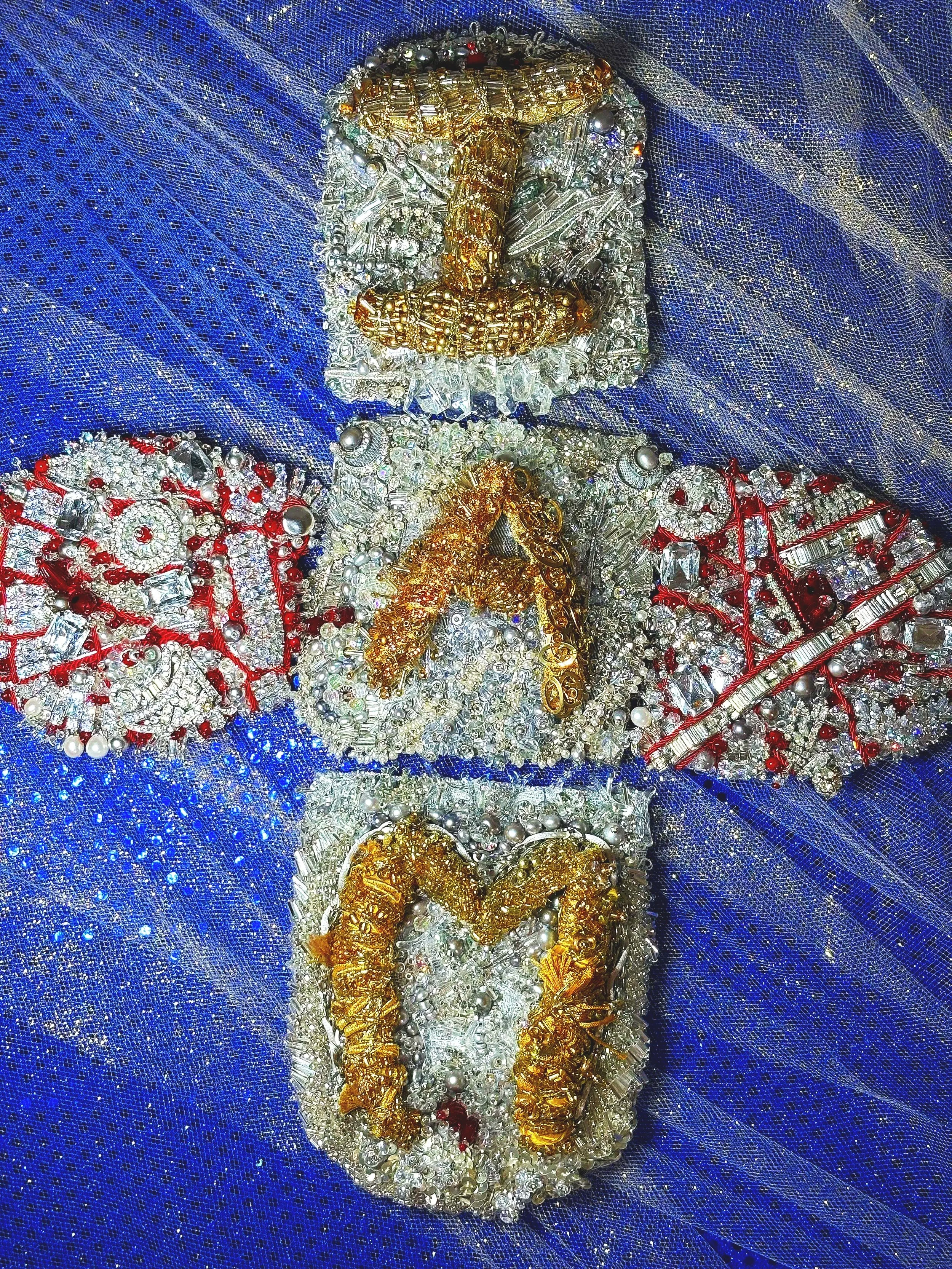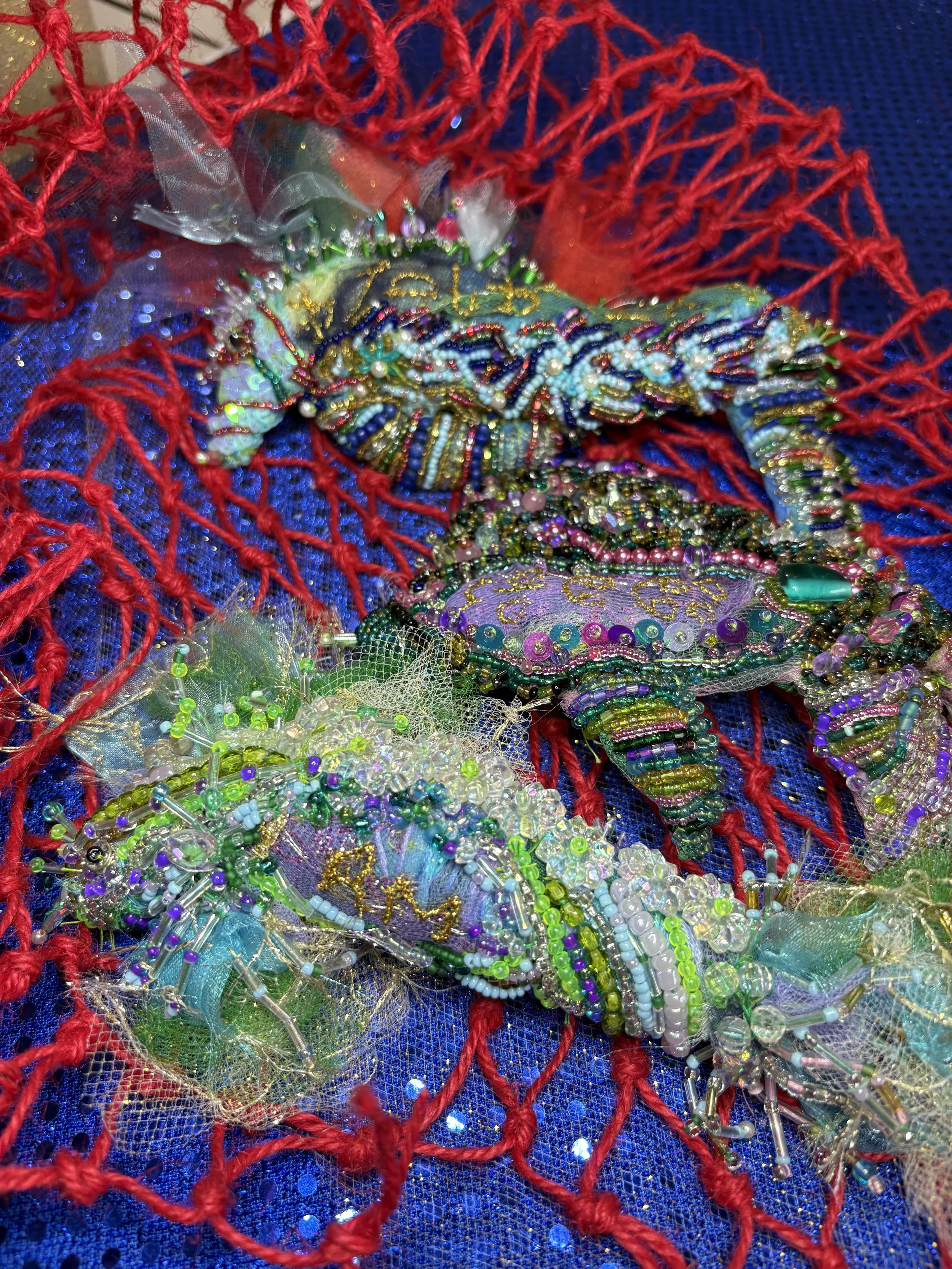Lord Jesus created a whip of cords for driving animals and moneychangers out of the temple and off holy ground. He drove sinful behavior out of the house meant for prayer. (John 2:15)
The whip was used by Jesus to purify the temple—the outer court, where Gentiles came to worship God, but remained under Jewish authority.
The whip’s cords were called schoinion in Greek. These were small cords, twisted together to make the whip. The cords were prepared from rushes or flag plants, those that grow in the mire near water.
In the Old Testament, rushes were called go-meh in Hebrew.
The word for “flag” plants was most likely the Egyptian word aw’-khoo. (Job 8:11) The name of the plants used to make the Lord’s whip were both Hebrew and Egyptian. Egyptian words are those of the Gentiles. Egypt is a type of the world in the Old Testament.
Jesus purifies. Just as He used a whip made of two types of plants to cleanse the temple, He also cleanses both Jews and Gentiles who believe in Him. (John 3:16) The Hebrew and Egyptian words are a type of the church which Jesus cleanses.
Believers are as stones, built upon a cornerstone (Jesus), into one building—as a temple. (1Peter 2:5)
The physical cleansing of the temple that Jesus did with the whip is a type of the spiritual cleansing which occurs within the church.
When a person comes to believe in Jesus as Lord and Savior, he repents of sin. It is only then he may be cleansed. (Hebrews 9:22) The Lord cleanses him with the blood of Jesus. (Revelation 1:5)
The first miracle Jesus performed was the turning of water into wine, using jars filled with water for purification purposes. As the water was poured out, it turned into wine. The water is a type of the Holy Spirit. The wine is a type of the Lord’s blood. The wedding guests drink the wine and proclaim that the best was saved for last! (John 2)
Jesus referred to this process as being “born again.” (John 3:3-8) It is not optional. The Lord said “You MUST be born again.” To be born again is to be born of the Spirit. The Holy Spirit gives birth to spirit—the human spirit.
The presence of God is holy and pure, just as Jesus is—sin cannot come in.
Purification of the person must occur to enter the kingdom of heaven. Without the blood of Jesus (Revelation 1:5), without the forgiveness of sin, without the birth of the human spirit, the physical man will die and his spirit cannot enter into God’s presence.
This first miracle of Jesus’ is a type of His crucifixion. After being lanced by a Roman soldier’s spear, the Lord’s blood and water poured out onto the ground. The water for the wedding and the purification vessels were created by Jesus and for Jesus; the wine too was created by Jesus, in the form of a miracle.
Jesus went to the cross to purify His church of her sin. Without this act of His, by His own decision to obey the Father’s will, there would be no remission of sin.
In the Old Testament, leprosy was a contagious skin disease requiring separation from the people of God until the sick person was healed. (Leviticus 14:1-3) Afterward, the priest would perform a cleansing ceremony which allowed the formerly ill person to rejoin the Israelite encampment and live closely to the tabernacle, where God dwelt. Without the cleansing by the priest, he would not be permitted within the camp.
Leprosy is considered a type of sin in the New Testament. Just as leprosy meant separation from God’s presence and society, so too does sin separate an unbeliever from where God dwells in heaven and from God’s people, the church.
The leper was inspected by the priest outside the camp. So too does Jesus, the High Priest, inspect the hearts of believers and unbelievers, looking for true repentance of sins. Jesus knows the hearts of all men (Acts 15:8; John 2:24).
The Holy Spirit does the searching of men’s hearts. (Romans 8:27; Philippians 1:19)
Nothing can be hidden from God. (Hebrews 4:12) The Word of God judges thoughts and attitudes within men. Jesus is the Word of God. (John 1:1) He is the Judge.
Afterward, the former sinner is cleansed of his sin, just as the priest performed the cleansing ceremony:
“Then the priest shall give orders to take two live clean birds, cedar wood, a scarlet string, and hyssop for the one who is to be cleansed. The priest shall also give orders to slaughter the one bird in an earthenware vessel over running water. As for the live bird, he shall take it together with the cedar wood, the scarlet string, and the hyssop, and shall dip them and the live bird in the blood of the bird that was slaughtered over the running water. He shall then sprinkle seven times the one who is to be cleansed from the leprosy and shall pronounce him clean, and shall let the live bird go free over the open field.” (Leviticus 14:4-7)
The priest is a type of Jesus, who went to the cross, the cedar wood, of His own accord. He went bound to it with nails, just as the living bird is bound to the wood and the hyssop with the scarlet string.
Jesus went as the final sacrifice for sinners—the leper is a type of all sinners.
The scarlet string is a type of the blood of Jesus upon the wood of the cross.
The hyssop was used to lift up vinegar to the Lord upon the cross. Hyssop branches were utilized for the sprinkling of water or blood. (Psalm 51:7)
Running water, from a moving source, is a type of the water that poured out of Jesus’ side when lanced with a spear.
The bird’s blood was also a type of the blood of the Lord, which poured from His side, together with the water.
The clay vessel is a type of the physical body of Jesus who died upon the cross. The Hebrew word for the “vessel” is rooted in the verb kaw-law’, meaning “to be finished.” These were the final words the Lord spoke from the cross. (John 19:30)
The entire sacrifice of the bird is a type of the Lord crucified upon the cross outside the walls of Jerusalem.
The former leper was sprinkled with a mixture of the blood and water from the clay vessel seven times. Then he was pronounced “cleansed.”
Believers are sprinkled with the blood of Jesus seven times. Seven means completeness within the Scriptures. As the new believer receives the blood, he also simultaneously receives the water, a type of the Holy Spirit. Freedom occurs after these spiritual actions, called purification. “He who the Son sets free is free indeed.” (John 8:36)
As the leper was cleansed, and welcomed back into the encampment of the Israelites, so too is the believer made free of the chains of sin, is given access to God the Father, is welcomed and interceded for by Jesus, is cleansed by the blood of Jesus, sealed with the Holy Spirit, and is made part of the church.
Whereas the dead bird is a type of the Lord Jesus who died upon the cross, the living bird is a type of the Lord Jesus who is alive, His robe dipped in blood. As He sits in heaven next to His Father, His clothing bears the scarlet dye of blood. (Revelation 19:13)
The sins of men are made white as snow by the blood of Jesus. (Isaiah 1:18)
Jesus, the Son of God, was raised from the grave on the third day and was seen by many witnesses, as recorded in the Scriptures. He is alive!
To believe or not to believe, is the choice of each and every man. Those who believe have washed their robes and made them white in the blood of the Lamb. (John 1:29; Revelation 7:14)



















